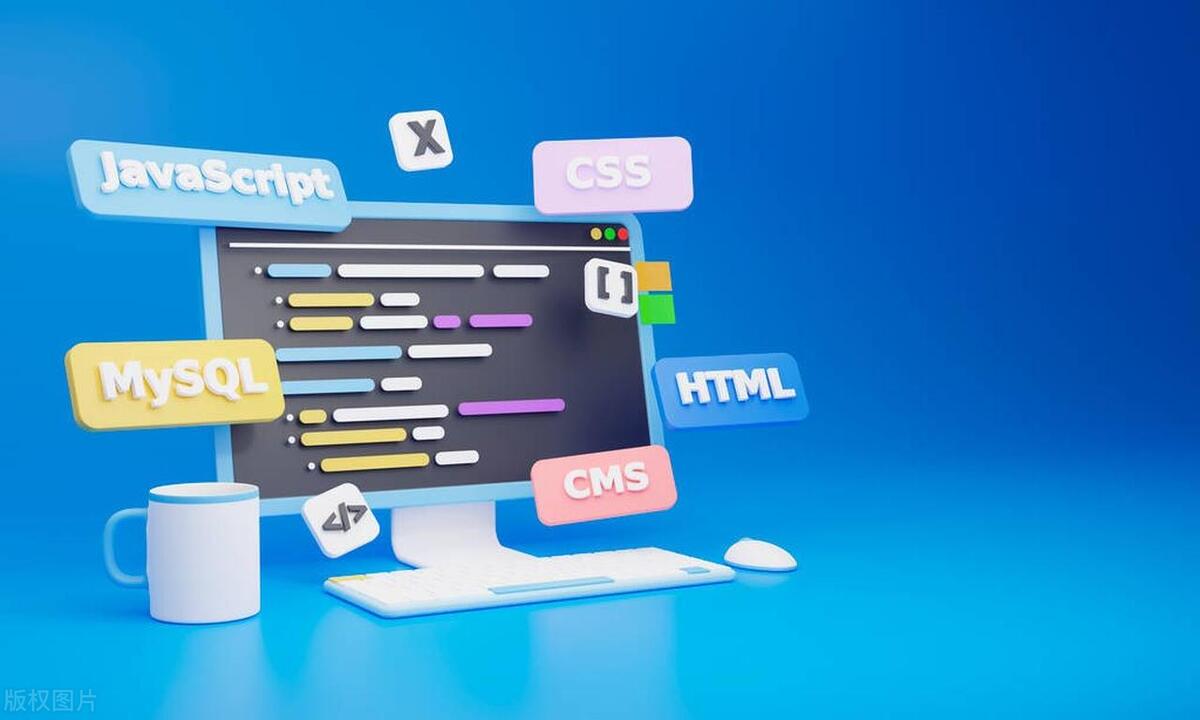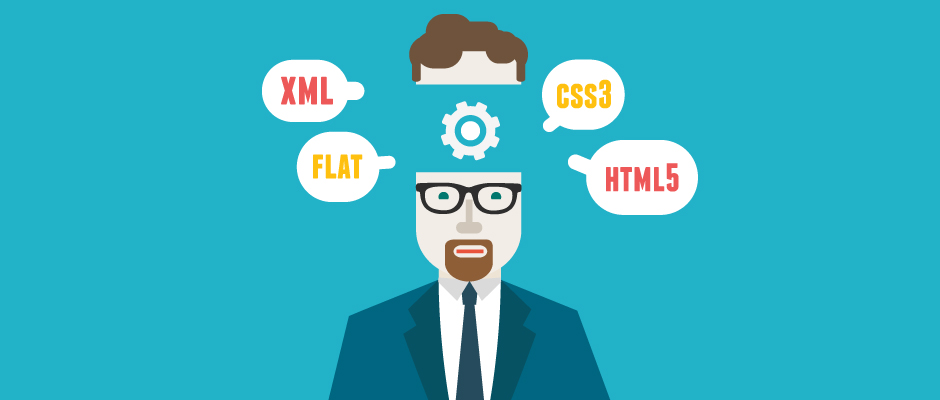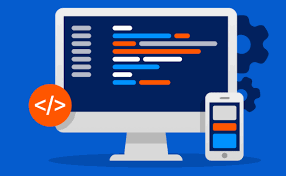Debugging CSS Specificity Issues Preventing Styles from Applying
Jul 11, 2025 am 02:53 AMTo solve the problem that CSS styles are not effective or are overwritten, you need to understand and deal with specificity. First, CSS priority is determined by selector type: Inline Style > ID Selector > Class/Attribute Selector and Pseudo Class > Tag Selector and Pseudo Elements. Secondly, use browser developer tools to check the style and coverage of the application. Third, pay attention to the differences in writing methods of repeat selectors and the impact of third-party libraries. Fourth, avoid abuse!important, and give priority to improving selector specificity, such as adding parent class name. Finally, rationally organize the CSS structure, keep it simple and modular, use BEM nomenclature, and reduce ID use, thereby reducing conflicts and improving maintenance efficiency.

Sometimes, even though I clearly wrote the CSS style, I found that the page was not effective at all, or it was overwritten by other styles. This situation is likely to be a problem with CSS specificity. Don’t worry, this is not a rare disease, it is a common "headache" in front-end development. By figuring out a few key points, you can quickly locate and solve them.

Understand the basic rules of CSS specificity
The browser rendering mechanism of CSS determines that when multiple rules act on the same element, the one with higher priority will win. And this priority is determined by the specific value of the selector.

Simply put:
- The inline style has the highest specificity (such as
style="color: red") - ID selector followed (such as
#header) - Classes, attribute selectors and pseudo-classes are followed (such as
.btn,[type="text"],:hover) - Tag selector and pseudo-element lowest (such as
div,::before)
For example:

/* Specificity: 0,1,0 */
div#main {
color: red;
}
/* Specificity: 0,0,2 */
.content:hover {
color: blue;
}Although the second one is written at the back, the first one has a higher priority, so the text color is still red.
Use developer tools to view the style of the actual application
When the style does not take effect, the first reaction should be to open the browser's developer tool (F12 or right-click to check), find the corresponding element, and take a look:
- Which styles are really applied?
- Which styles are crossed out (that is, they are overwritten)?
Under the "Computed" tab, you can see the final calculated style, and you can also see which rule wins in the end. Combined with the "Styles" panel, you can clearly see which rule was killed because of insufficient priority.
Skill:
- See if there are duplicate selectors, but the writing method is different but the priority is different
- Pay attention to whether the styles that come with third-party libraries or frameworks affect your custom styles
Avoid overuse!important (but know it can help)
!important is a means of "forced override", but it destroys normal priority logic and easily makes the code more and more messy. However, in some emergency situations (such as you cannot modify the style structure of a certain component), add an !important one to save the emergency.
A better approach is:
- Improve the specificity of your own selector, rather than using it directly
!important - For example, change
.btnto.container .btn, so the priority will be improved.
Of course, if you are writing component library or theme styles, you may need to use it properly !important to ensure that the core styles are not easily overwritten.
Reasonably organize CSS structures to avoid the source of conflicts
Many specific problems are actually caused by the fact that CSS is written too messy and has no unified norm. You can start from these aspects:
- Keep the selector simple : don't write it at any time.container
.container > div:nth-child(2) .content - Divide CSS files by module : such as header.css, footer.css to avoid global pollution
- Use BEM nomenclature : naming methods like
.card__title--highlightedare both semantic and not easy to conflict - Avoid abuse of ID selectors : ID priority is too high, unless necessary, try to use class instead
After reasonable organization, you will find that the situation of style conflicts is greatly reduced and it is easier to maintain.
Basically that's it. CSS specificity issues seem complex, but as long as you master the priority rules and developer tool structure specifications, most of them can be solved quickly. It's not a metaphysics, it's just that the details are easy to ignore.
The above is the detailed content of Debugging CSS Specificity Issues Preventing Styles from Applying. For more information, please follow other related articles on the PHP Chinese website!

Hot AI Tools

Undress AI Tool
Undress images for free

Undresser.AI Undress
AI-powered app for creating realistic nude photos

AI Clothes Remover
Online AI tool for removing clothes from photos.

Clothoff.io
AI clothes remover

Video Face Swap
Swap faces in any video effortlessly with our completely free AI face swap tool!

Hot Article

Hot Tools

Notepad++7.3.1
Easy-to-use and free code editor

SublimeText3 Chinese version
Chinese version, very easy to use

Zend Studio 13.0.1
Powerful PHP integrated development environment

Dreamweaver CS6
Visual web development tools

SublimeText3 Mac version
God-level code editing software (SublimeText3)

Hot Topics
 How can CSS be used to implement dark mode theming on a website?
Jun 19, 2025 am 12:51 AM
How can CSS be used to implement dark mode theming on a website?
Jun 19, 2025 am 12:51 AM
ToimplementdarkmodeinCSSeffectively,useCSSvariablesforthemecolors,detectsystempreferenceswithprefers-color-scheme,addamanualtogglebutton,andhandleimagesandbackgroundsthoughtfully.1.DefineCSSvariablesforlightanddarkthemestomanagecolorsefficiently.2.Us
 Can you explain the difference between em, rem, px, and viewport units (vh, vw)?
Jun 19, 2025 am 12:51 AM
Can you explain the difference between em, rem, px, and viewport units (vh, vw)?
Jun 19, 2025 am 12:51 AM
The topic differencebetweenem, Rem, PX, andViewportunits (VH, VW) LiesintheirreFerencepoint: PXISFixedandbasedonpixelvalues, emissrelative EtothefontsizeFheelementoritsparent, Remisrelelatotherootfontsize, AndVH/VwarebaseDontheviewporttimensions.1.PXoffersprecis
 What are CSS Houdini APIs, and how do they allow developers to extend CSS itself?
Jun 19, 2025 am 12:52 AM
What are CSS Houdini APIs, and how do they allow developers to extend CSS itself?
Jun 19, 2025 am 12:52 AM
CSSHoudini is a set of APIs that allow developers to directly manipulate and extend the browser's style processing flow through JavaScript. 1. PaintWorklet controls element drawing; 2. LayoutWorklet custom layout logic; 3. AnimationWorklet implements high-performance animation; 4. Parser&TypedOM efficiently operates CSS properties; 5. Properties&ValuesAPI registers custom properties; 6. FontMetricsAPI obtains font information. It allows developers to expand CSS in unprecedented ways, achieve effects such as wave backgrounds, and have good performance and flexibility
 What is the significance of Vue's reactivity transform (experimental, then removed) and its goals?
Jun 20, 2025 am 01:01 AM
What is the significance of Vue's reactivity transform (experimental, then removed) and its goals?
Jun 20, 2025 am 01:01 AM
ReactivitytransforminVue3aimedtosimplifyhandlingreactivedatabyautomaticallytrackingandmanagingreactivitywithoutrequiringmanualref()or.valueusage.Itsoughttoreduceboilerplateandimprovecodereadabilitybytreatingvariableslikeletandconstasautomaticallyreac
 How can CSS gradients (linear-gradient, radial-gradient) be used to create rich backgrounds?
Jun 21, 2025 am 01:05 AM
How can CSS gradients (linear-gradient, radial-gradient) be used to create rich backgrounds?
Jun 21, 2025 am 01:05 AM
CSSgradientsenhancebackgroundswithdepthandvisualappeal.1.Startwithlineargradientsforsmoothcolortransitionsalongaline,specifyingdirectionandcolorstops.2.Useradialgradientsforcirculareffects,adjustingshapeandcenterposition.3.Layermultiplegradientstocre
 What are the key differences between inline, block, inline-block, and flex display values?
Jun 20, 2025 am 01:01 AM
What are the key differences between inline, block, inline-block, and flex display values?
Jun 20, 2025 am 01:01 AM
Choosing the correct display value in CSS is crucial because it controls the behavior of elements in the layout. 1.inline: Make elements flow like text, without occupying a single line, and cannot directly set width and height, suitable for elements in text, such as; 2.block: Make elements exclusively occupy one line and occupy all width, can set width and height and inner and outer margins, suitable for structured elements, such as; 3.inline-block: has both block characteristics and inline layout, can set size but still display in the same line, suitable for horizontal layouts that require consistent spacing; 4.flex: Modern layout mode, suitable for containers, easy to achieve alignment and distribution through justify-content, align-items and other attributes, yes
 How can internationalization (i18n) and localization (l10n) be implemented in a Vue application?
Jun 20, 2025 am 01:00 AM
How can internationalization (i18n) and localization (l10n) be implemented in a Vue application?
Jun 20, 2025 am 01:00 AM
InternationalizationandlocalizationinVueappsareprimarilyhandledusingtheVueI18nplugin.1.Installvue-i18nvianpmoryarn.2.CreatelocaleJSONfiles(e.g.,en.json,es.json)fortranslationmessages.3.Setupthei18ninstanceinmain.jswithlocaleconfigurationandmessagefil
 How does provide and inject allow for deep component communication without prop drilling in Vue?
Jun 20, 2025 am 01:03 AM
How does provide and inject allow for deep component communication without prop drilling in Vue?
Jun 20, 2025 am 01:03 AM
In Vue, provide and inject are features for directly passing data across hierarchical components. The parent component provides data or methods through provide, and descendant components directly inject and use these data or methods through inject, without passing props layer by layer; 2. It is suitable for avoiding "propdrilling", such as passing global or shared data such as topics, user status, API services, etc.; 3. Note when using: non-responsive original values ??must be wrapped into responsive objects to achieve responsive updates, and should not be abused to avoid affecting maintainability.






